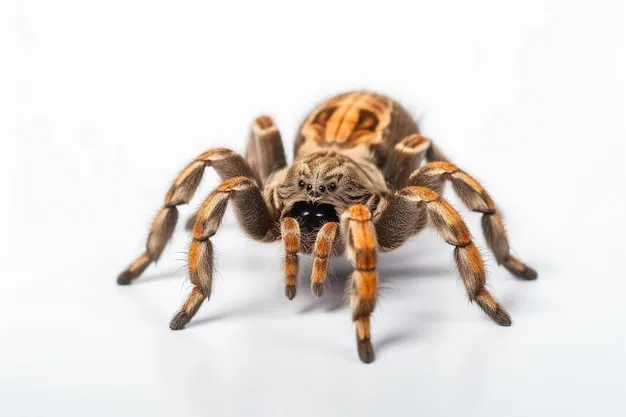Understanding Obese Tarantulas
Caring for a tarantula can be a rewarding experience, but like any pet, tarantulas can face health issues. One such concern is obesity. While it might not be the first thing that comes to mind when thinking about arachnids, tarantula obesity is a real issue that can significantly impact their well-being and longevity. This comprehensive guide will delve into the causes, consequences, and treatments for obese tarantulas, providing you with the knowledge necessary to ensure your eight-legged friend lives a long, healthy life. Understanding this topic is crucial for responsible tarantula ownership, ensuring your pet thrives.
What is an Obese Tarantula?
Defining obesity in tarantulas involves recognizing that their body condition goes beyond what is considered healthy. A healthy tarantula has a moderately sized abdomen relative to its cephalothorax (the combined head and thorax). An obese tarantula, however, will exhibit a significantly enlarged abdomen, often disproportionately larger than the cephalothorax. This excess size is due to an accumulation of fat, which can interfere with the tarantula’s mobility and overall health. Unlike some mammals, tarantulas do not have a readily apparent ‘fat’ layer like we see on the belly. Instead, the fat is stored internally and the abdomen swells significantly.
Identifying Obesity in Tarantulas
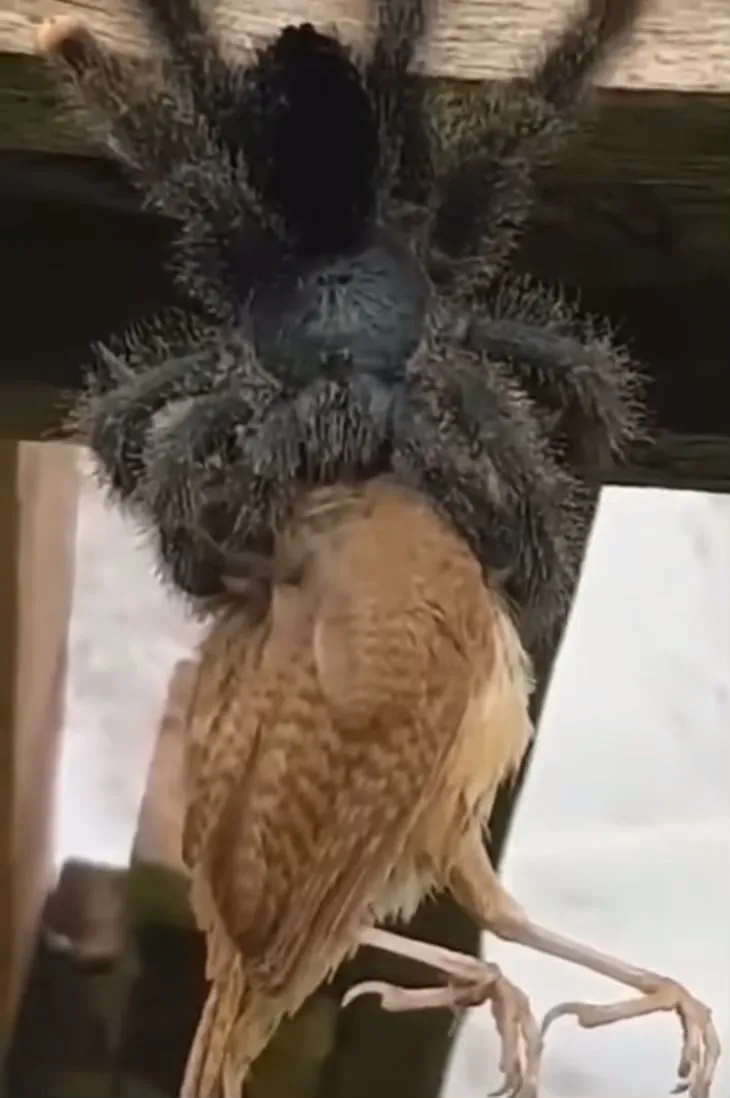
Identifying obesity in tarantulas requires careful observation. The most obvious sign is a disproportionately large abdomen. The abdomen may appear rounded and distended, and it may drag slightly when the tarantula moves. Other indicators include a loss of agility, with the tarantula moving slowly or having difficulty climbing. You might also notice that the tarantula spends more time resting and less time exploring its enclosure. Careful comparison with images of healthy tarantulas can also help, as the abdomen should not be dramatically larger than the carapace (the top of the cephalothorax). Early detection is key to successful intervention and ensuring your tarantula’s well-being. Pay close attention to the body condition during molting, when the size is most noticeable.
Causes of Obesity in Tarantulas
Several factors can contribute to obesity in tarantulas. Recognizing these causes will help you prevent this condition in your pet. The most common causes are related to improper care and feeding practices. Understanding these can empower you to make informed decisions to maintain your tarantula’s health. These are frequently interconnected and require a holistic approach to address.
Overfeeding
One of the primary causes of obesity is overfeeding. Tarantulas have relatively slow metabolisms, and they do not need to eat frequently. Feeding them too often, or providing them with prey that is too large, can lead to an excess of calories that are stored as fat. The frequency of feeding depends on the tarantula’s age, species, and growth stage, but generally, adult tarantulas only need to be fed once or twice a week. Overfeeding often occurs because owners believe they are showing care or are trying to encourage their tarantula to grow faster, but this can have the opposite effect, causing health problems. Monitor how much is being consumed and adjust based on the tarantula’s condition.
Lack of Exercise
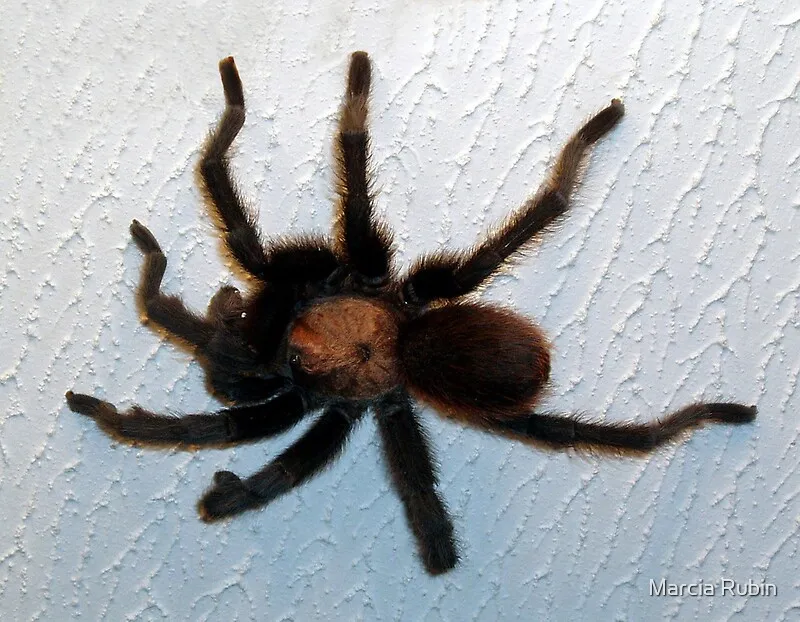
Lack of exercise can also contribute to obesity. Tarantulas need space to move around and explore their enclosures. A small enclosure, or one without sufficient climbing opportunities or substrate depth for burrowing species, can limit their activity and reduce their energy expenditure. In the wild, tarantulas are active hunters and spend time exploring their environment. A lack of activity can lead to a build-up of fat stores because they do not burn enough calories. Providing an appropriately sized enclosure, with a suitable substrate and plenty of opportunities for movement and exploration, can help keep your tarantula active and healthy. Enriching their environment is key.
Dietary Imbalance
The type of food you provide can also affect your tarantula’s weight. Feeding a diet that is too high in fat or lacking in essential nutrients can lead to obesity. Ensure that the prey items you offer, such as crickets, roaches, or mealworms, are appropriately sized for your tarantula. Avoid feeding them foods that are overly fatty or high in carbohydrates. Supplementing the diet with occasional vitamins and minerals, especially for juvenile tarantulas, can help promote overall health. Ensure you provide a varied diet to meet your tarantula’s nutritional needs and maintain a healthy weight.
Consequences of Obesity in Tarantulas
Obesity in tarantulas can lead to several health problems, significantly reducing their quality of life and lifespan. Understanding these consequences is crucial to prevent the condition and address it quickly if it arises. Obese tarantulas often struggle with basic functions, impacting their overall well-being. Prompt action can mitigate these problems.
Health Risks

Obesity increases the risk of various health problems. The excess fat can put pressure on internal organs, impairing their function. It can also weaken the exoskeleton, making it more difficult for the tarantula to molt successfully. Obese tarantulas are more susceptible to injuries and infections because of their reduced mobility and weakened immune systems. Maintaining your tarantula’s optimal weight is crucial for its overall health and longevity, protecting against many potential health problems. Addressing the issue promptly can help the spider recover quickly.
Reduced Mobility
Excess weight can significantly reduce mobility. The enlarged abdomen makes it difficult for the tarantula to move around, climb, or even right itself if it falls. This lack of mobility can hinder its ability to hunt, escape predators (in captivity, this could be from stress), and perform other essential activities. Reduced mobility decreases its interaction with the environment and can lead to a sedentary lifestyle, which exacerbates the obesity problem. The tarantula’s quality of life diminishes, creating a cycle of inactivity and weight gain. Maintaining a healthy weight is therefore key to ensuring your pet remains active and engaged.
Shorter Lifespan
Obesity can shorten a tarantula’s lifespan. The health problems associated with obesity, such as organ damage, weakened immune systems, and difficulties molting, can all contribute to a premature death. Maintaining a healthy weight and addressing any weight issues promptly will help extend your tarantula’s life, allowing you more time to enjoy your pet. Providing proper care, including a balanced diet and regular exercise, is essential to maximizing its life expectancy. Addressing obesity can add several years to the life of your tarantula.
How to Treat an Obese Tarantula
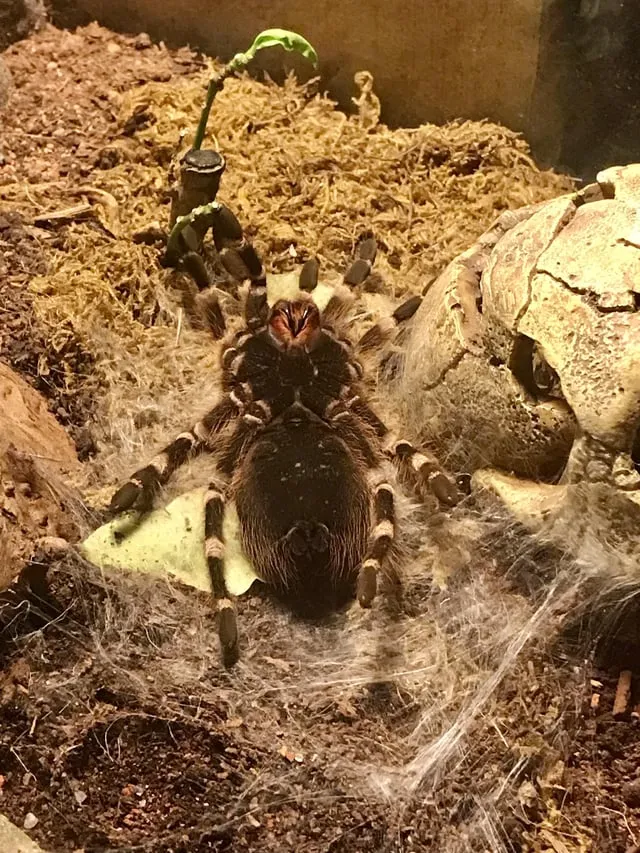
If you suspect your tarantula is obese, it is essential to take prompt action. Early intervention can prevent further health complications and improve your tarantula’s quality of life. Several strategies can help manage and treat this condition. The treatment involves a multi-faceted approach that focuses on diet, exercise, and professional advice. A combination of these methods provides the best results. Consult a veterinarian experienced in exotic animals to provide guidance tailored to your tarantula’s specific needs.
Dietary Adjustments
The first step in treating obesity is adjusting your tarantula’s diet. Reduce the frequency of feeding and the size of the prey items. Adult tarantulas may only need to be fed once every one to two weeks. Ensure the prey items are not excessively large. Monitor how much food the tarantula consumes and adjust as needed. Consider providing a varied diet, including appropriately sized crickets, roaches, or other insects. Avoid feeding high-fat items and be cautious with mealworms, as they can be high in fat. Carefully track the tarantula’s weight and adjust the diet to promote weight loss without causing the spider to become malnourished.
Exercise and Enrichment
Encouraging activity can help your tarantula burn excess fat. Ensure the enclosure is appropriately sized and provides opportunities for movement. This can include a deep substrate for burrowing species, branches or other climbing structures for arboreal species, and a spacious area for terrestrial species to move around. Provide enrichment activities to stimulate your tarantula’s interest and encourage exploration. Sometimes, gently encouraging movement with a soft brush can help. Ensure the enclosure setup is ideal for your tarantula’s species and encourages movement and exploration, making it less prone to a sedentary lifestyle. Regular exercise will keep the tarantula active.
Consulting a Veterinarian

Consulting a veterinarian specializing in exotic animals is highly recommended when dealing with an obese tarantula. They can provide a professional assessment, rule out underlying medical conditions, and offer tailored advice for your pet’s situation. The veterinarian can evaluate the overall health of the tarantula and recommend specific dietary adjustments or treatments. They may also identify any potential health complications caused by obesity. They can also assist with diagnosing any underlying health issues contributing to the obesity. A veterinarian can guide you to create a safe and effective treatment plan for your tarantula. They will monitor the tarantula’s progress and adjust the treatment as needed. This will help ensure the tarantula returns to a healthy weight.
Preventing Obesity in Tarantulas
Prevention is always better than cure. Proactive measures can ensure your tarantula maintains a healthy weight and avoids the health problems associated with obesity. By implementing these preventive strategies, you can increase the lifespan and overall health of your tarantula. This preventative approach will help keep your pet healthy and active for many years.
Proper Feeding Schedule
Establish a regular feeding schedule appropriate for your tarantula’s age, species, and growth stage. Adult tarantulas generally need feeding only once or twice a week, while juveniles might require more frequent meals. Avoid overfeeding by monitoring the amount of food the tarantula consumes. Remove uneaten prey items to prevent them from bothering the tarantula and to avoid the risk of overfeeding. Ensure the prey items are of appropriate size. A regular, consistent feeding schedule prevents unnecessary weight gain and maintains your tarantula’s overall health. This routine helps keep your pet’s weight under control.
Appropriate Enclosure Size
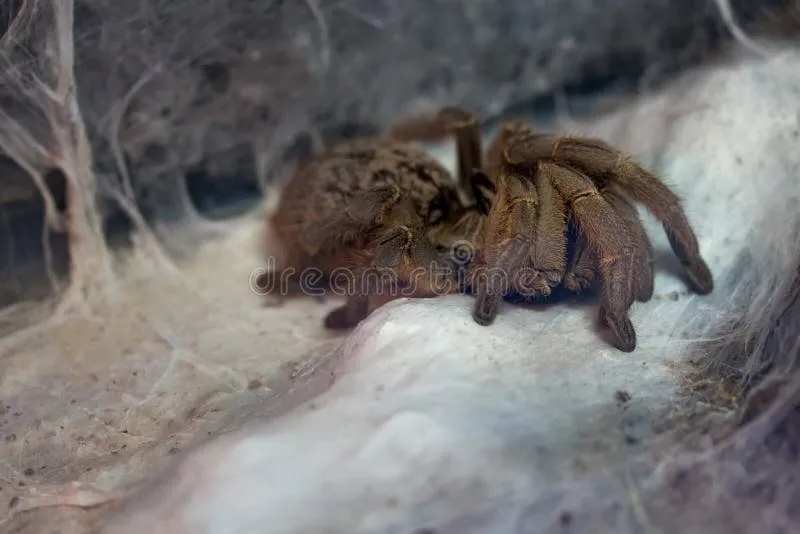
Choose an enclosure that is appropriately sized for your tarantula’s species and size. The enclosure should be large enough for the tarantula to move around, explore, and exhibit natural behaviors. Provide a substrate depth appropriate for the species and the spider’s burrowing habits. The enclosure should include climbing structures, such as branches or cork bark, for arboreal species. An appropriate enclosure size promotes exercise and helps prevent obesity. A well-designed environment promotes activity and reduces the likelihood of a sedentary lifestyle. This is a key aspect of keeping your tarantula healthy and active.
Regular Monitoring
Regularly monitor your tarantula’s weight and overall body condition. Observe the size of the abdomen and watch for any changes. Keep a record of your tarantula’s feeding habits and any health issues. Weigh your tarantula periodically if possible, but be cautious to avoid any injury or stress. This close monitoring allows you to detect any signs of obesity early and take corrective action promptly. Early detection is essential, and you can adjust feeding habits or consult a veterinarian as needed. Regular observations provide valuable insights into the health and well-being of your tarantula. These will prevent future health complications.
Conclusion
Obesity in tarantulas is a preventable and treatable condition. By understanding the causes and consequences, and by implementing proper care practices, you can ensure your tarantula lives a long, healthy, and active life. Providing a balanced diet, encouraging exercise, and monitoring your pet’s health are essential steps. Remember to consult a veterinarian specializing in exotic animals if you have any concerns. By taking these precautions, you can enjoy your tarantula’s company for many years and provide the best possible care. Prioritizing the health of your pet will benefit you both.
